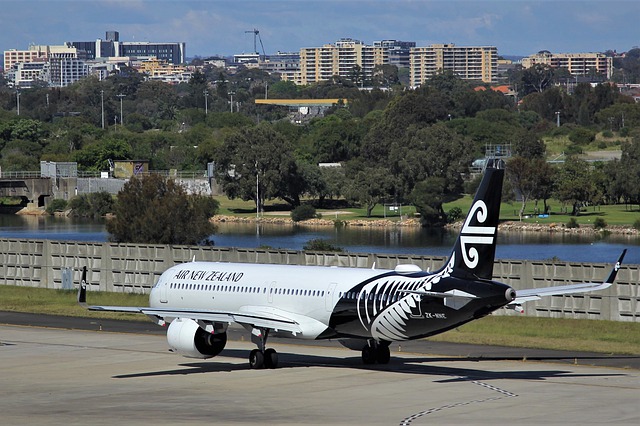This Content Is Only For Subscribers
Air New Zealand has lodged an official request with Commerce Minister Andrew Bayly seeking an urgent inquiry into the regulation that is “failing to constrain overspending by Auckland Airport”, a statement from the airline says.
Auckland Airport has proposed a massive $7 billion to $8 billion development over 10 years – Air New Zealand believes it will be bigger than the combined investment by all three airports regulated by the Commerce Act over the past 30 years. This will be paid for by airlines through steadily increasing aeronautical charges, leading to unaffordable airfares for some Kiwis.
Air New Zealand chief executive Greg Foran says this is the most any privately owned airport has spent in such a short time, delivering very little new capacity.
“The new airport will look great, but this spend doesn’t deliver an additional runway and there will be virtually no increase in airside capacity for more customers. By 2032 the value of the airport’s asset base, which dictates the size of its charges, will have increased per-passenger domestic charges five times, with more to come in the future.
“Air New Zealand agrees the airport needs redevelopment, but not at a cost that means some Kiwis can’t afford to fly. This issue affects all passengers flying through Auckland Airport – especially those from the regions.
“Last year with the help of the same international experts that worked on AIAL’s 30-year Master Plan, we provided the airport with alternative terminal designs that would be significantly cheaper, while still providing a great facility. We also shared data on the serious impact their spending will have on demand for air travel. They have not paused and plan to keep pouring concrete.
“Auckland Airport will argue that it consulted with Air New Zealand, but it has ignored our warnings and there has been no meaningful change. It has received the same feedback from Qantas Group and BARNZ that this is not affordable and will cost the traveling public. The business case has been seriously questioned by IATA.
Greg says the impasse shows the current ‘Information Disclosure’ regime within the Commerce Act is failing consumers, but there is a solution.
“The Commerce Act has pre-existing alternative options to keep regulated airports under control. These include steps that require airports to negotiate with their customers on a commercial basis, go to arbitration if that fails, or the regulator can set the price and quality of their service.
“The good news is neither of these options require new law to be passed – the Commerce Act already provides options, so it’s not a case of more red tape. We are simply asking the Commission to launch an inquiry to determine which regulatory option is best for consumers.”
The International Air Transport Association has also made a submission to the Commerce Commission asking for greater scrutiny of regulated airports in New Zealand as has Qantas Group, Airlines for Australia and New Zealand and the Board of Airline Representatives which represents 26 airline members and five non-airline members.



